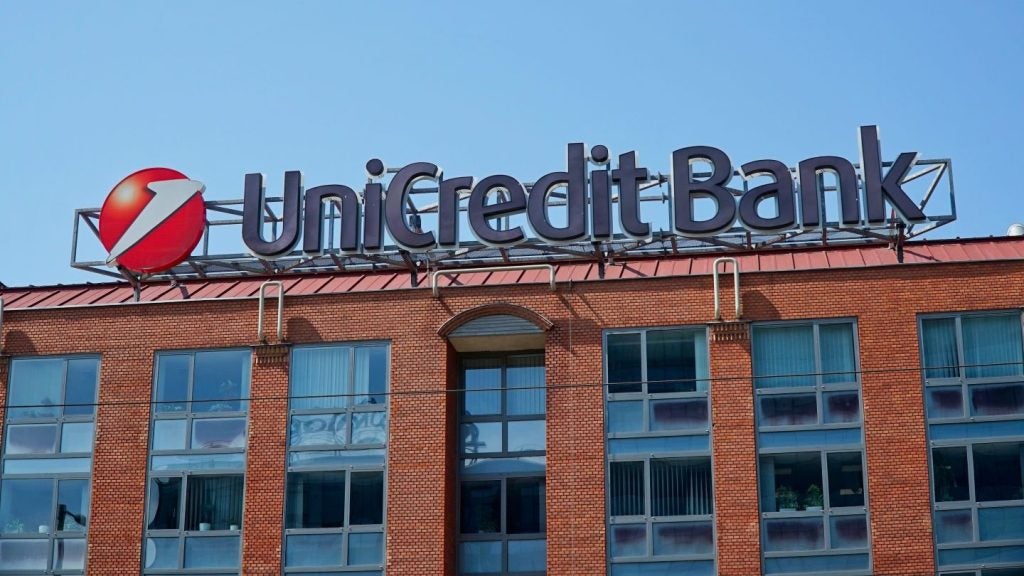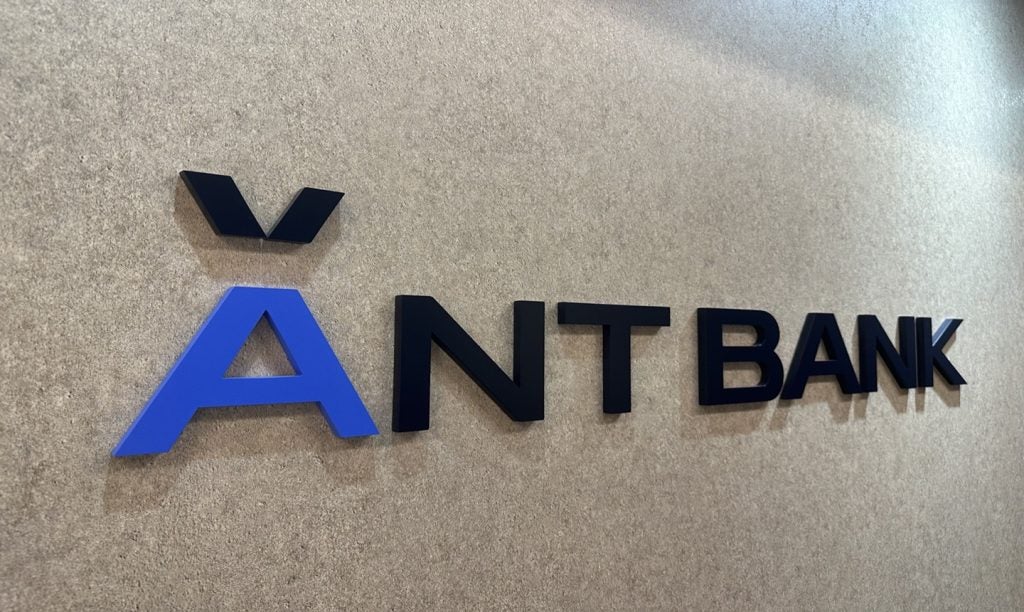
Financial technology companies have forever transformed retail banking. Ammar Akhtar, co-founder and CEO of London-based fintech Yobota, talks about the hassles involved in setting up a fintech
Faced with an existential crisis when Covid-19 restrictions came into play, financial services providers have been forced to reimagine their digital banking solutions for a world where face-to-face meetings and paper trails are no longer an option.
Consumer expectations are changing fast too, and businesses have needed to adapt to this shift if they were not already prepared. And as new technologies are developed, consumers will continue to raise their expectations.
For instance, Yobota recently surveyed over 2,000 UK adults to explore how satisfied customers are with their banks.
The majority (58%) of banking customers said they want more power to renegotiate or change their accounts or products, with a third (33%) expressing frustrations at having to choose from generic, off-the-shelf financial products.
Responsive and personalised banking services are evidently high on customers’ list of priorities, with the research highlighting that people are becoming reluctant to choose inflexible providers.

US Tariffs are shifting - will you react or anticipate?
Don’t let policy changes catch you off guard. Stay proactive with real-time data and expert analysis.
By GlobalDataSome businesses and financial services companies have found themselves out of step in an increasingly digitised marketplace. And many will now be exploring how they can improve elements of their business through innovative new technologies, or by enlisting the help of a fintech partner that can build and deploy progressive solutions.
How, then, is a fintech actually created, and how complex is the task of building a solution that is suitable for today’s market?
Addressing technical challenges
Most attention will naturally be focused on the technical aspects of fintech developments.
For those seeking to build effective solutions, the first place to start is to understand the breadth of the problem that you are trying to solve.
Indeed, the fintech sector extends beyond just mobile banking. Investment management, insurance and payment infrastructure are among the many categories that fall under the
umbrella term.
In order to be able to differentiate its offering and create a valuable, defensible competitive advantage, it’s important for businesses to be clear about what issues they are going to solve.
This may be improving or replacing something that already exists, or else bringing something entirely new into the equation.
The end user will buy a product based on its ability to solve a problem in a meaningful and valuable way. If the problem that a business has chosen doesn’t actually exist, or the solution proposed doesn’t actually solve it, then the product will have little real value.
Understand your target audience
Similarly, a vendor must be specific and strategic when it comes to pursuing the right clients. After you have determined what problem you are going to solve, now you must consider the audience that you’re going to solve it for.
A fintech provider might be well-placed to cater to a variety of different audiences; however, having a clear target in mind from the outset will ensure the product and engineering teams have a sharp focus for their end goals.
When fintechs partner with institutions or financial services providers, the business-to-business relationship, particularly at a senior level, is also important.
The newest technology is not necessarily the best technology
Future-proofing the underlying technology systems is essential to successful fintech development. Many businesses have learned the hard way that jumping on the latest technology trends is not the best way of creating a sustainable offering that will stand the test of time.
Innovators looking to create the “next big thing” will find it difficult to ignore shiny new technology like particular architectures or programming languages. But innovation is more than the next big thing; the element of risk involved in jumping on relatively nascent innovations could set back progress. It risks adding unnecessary costs and complexity, without ultimately creating a stronger value proposition for clients.
Innovation and sustainability are not incompatible. The best technology systems are those that have been created with longevity in mind, and which can grow sustainably to adapt to new circumstances – even when their original engineers are no longer there to support them. Fintechs need to be created in modern ways, but with proven foundational principles in mind.
The importance of a positive user experience
For those who aspire to be the frontrunners of the so-called ‘fintech revolution’, everything must start and end with the customer: the end customer, that is. Fintech developers must take the time to consider how they can deftly leverage new and advancing technology to make the consumer experience even better, whether that means using artificial intelligence (AI) and machine learning to tailor their offerings to customer needs.







